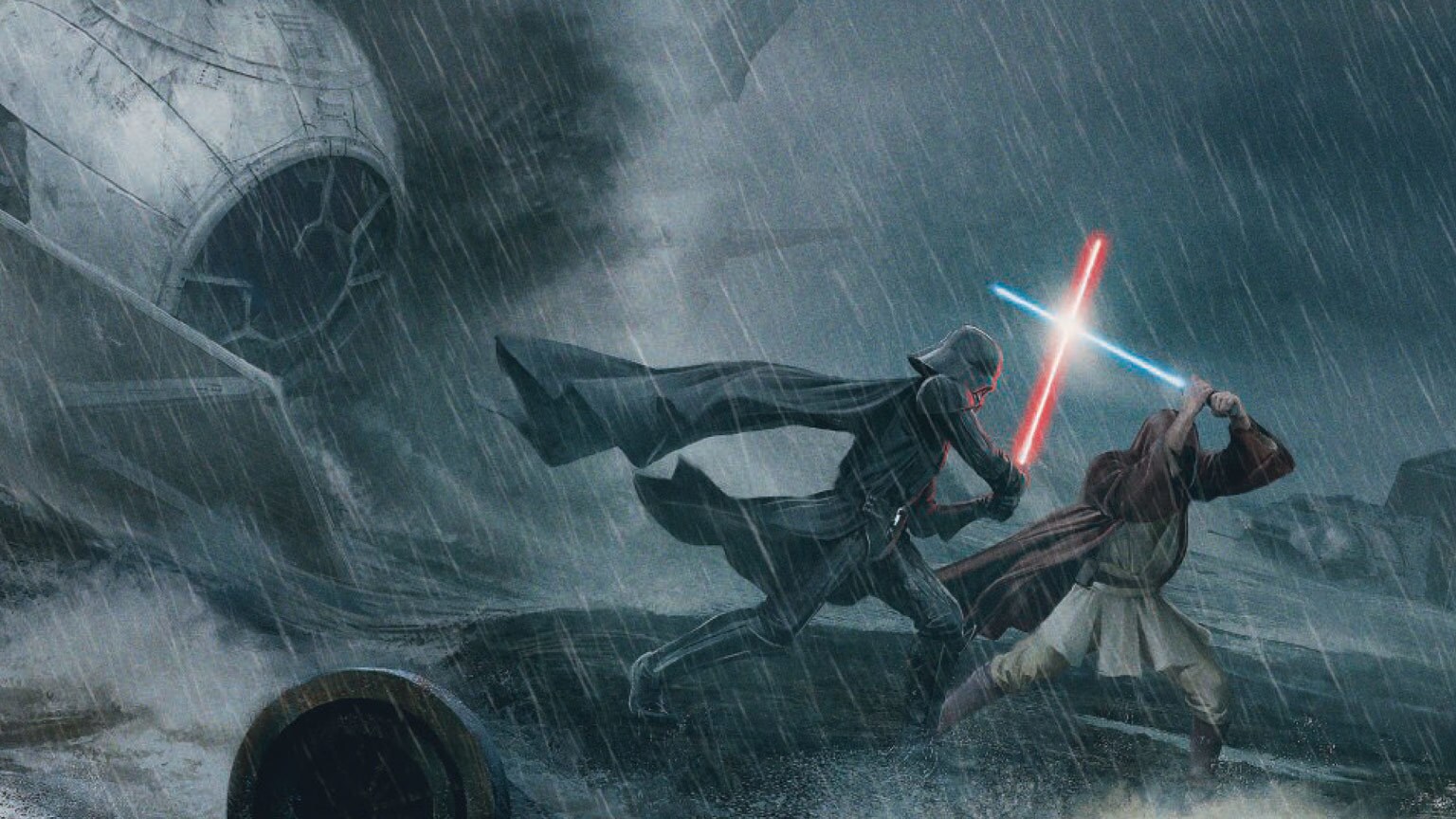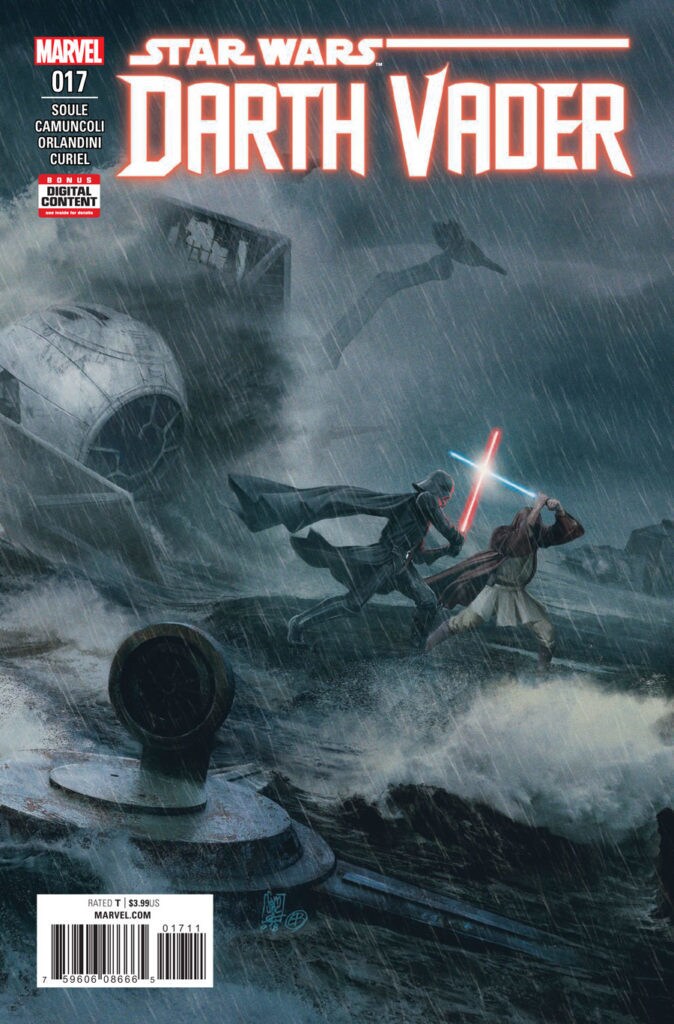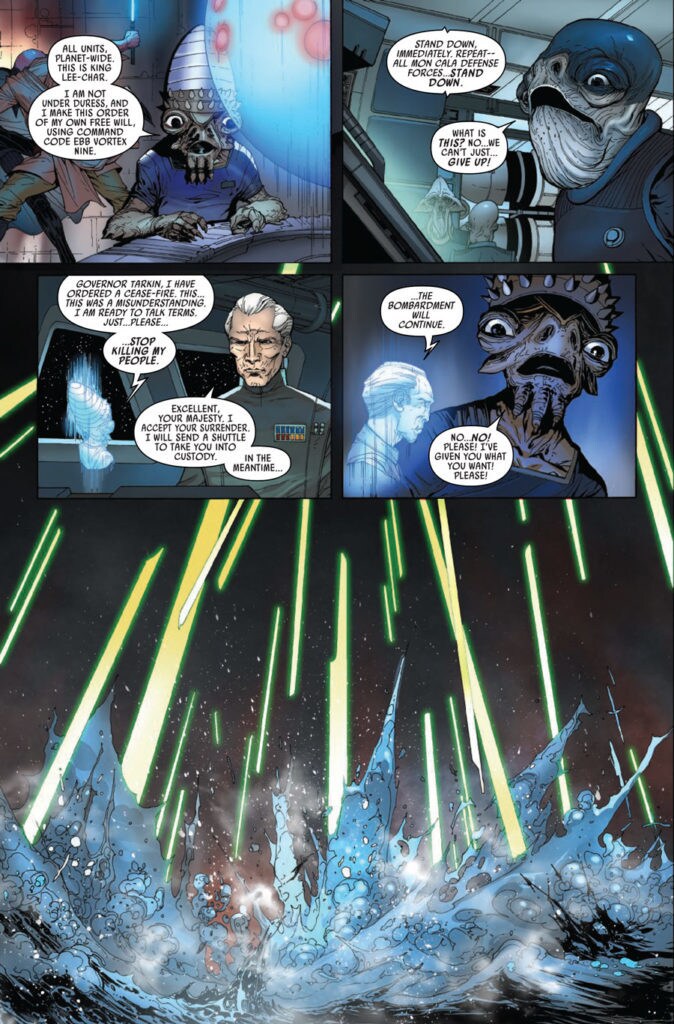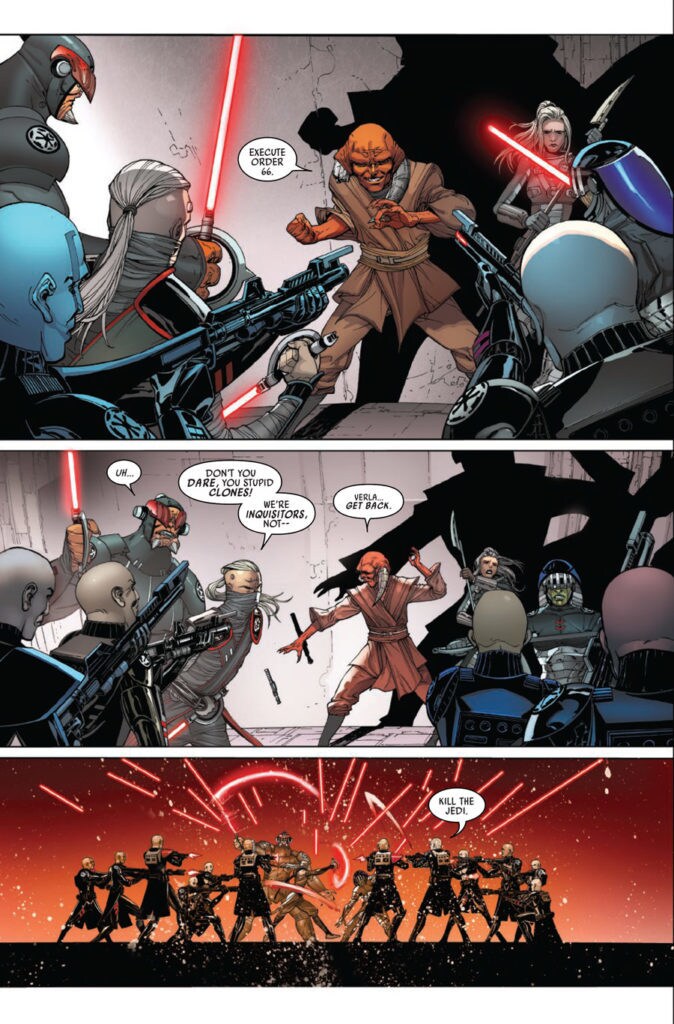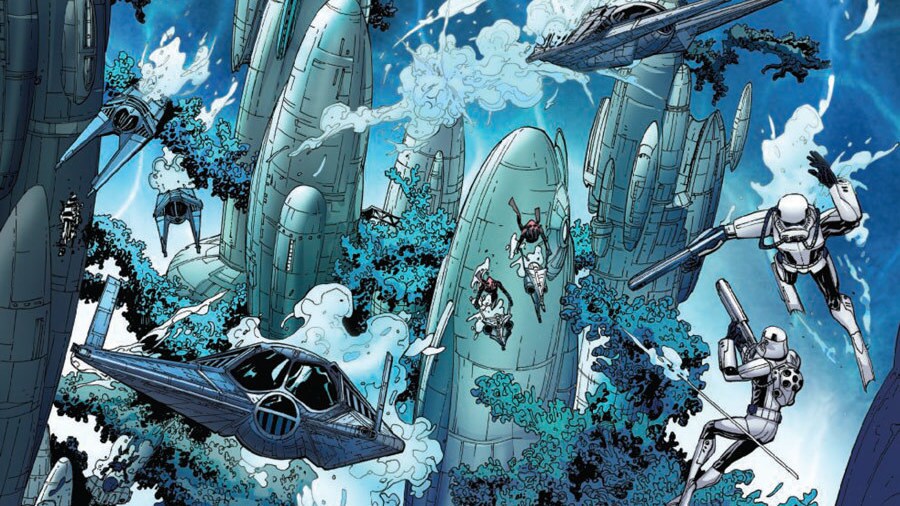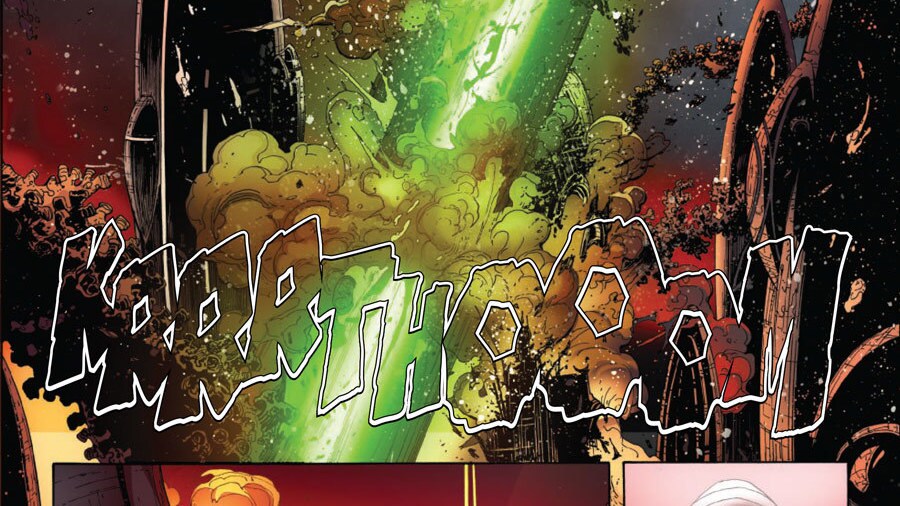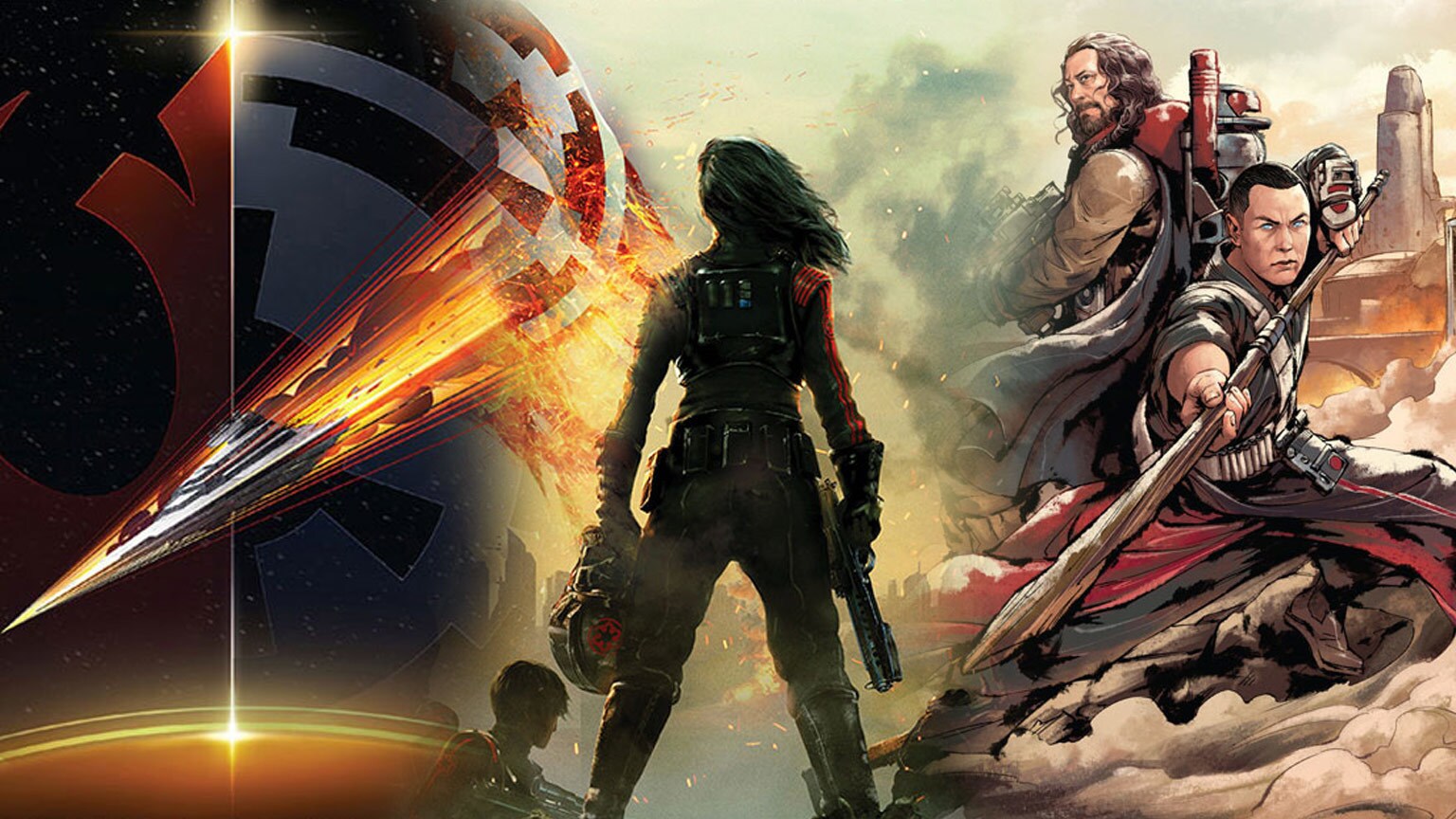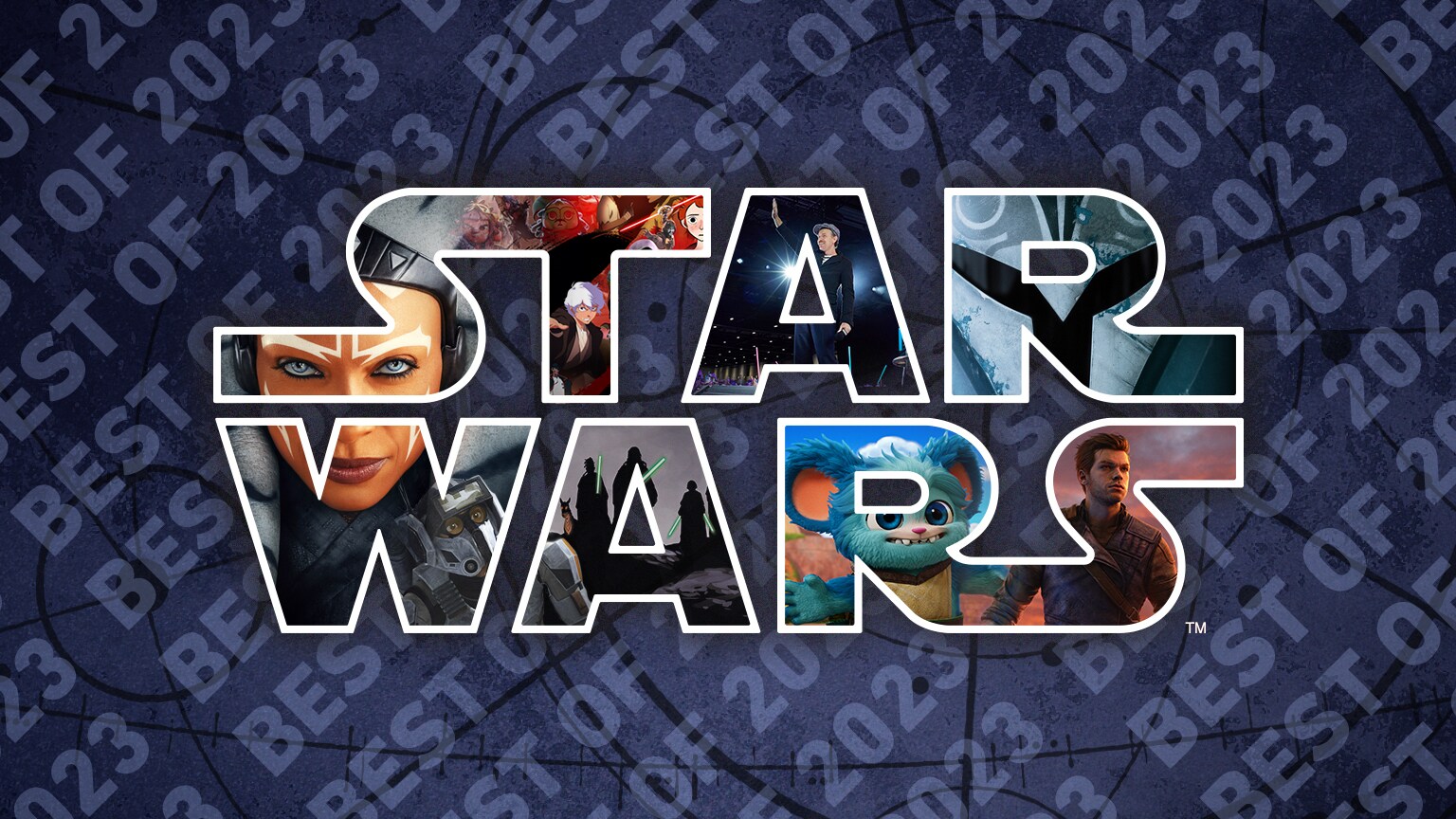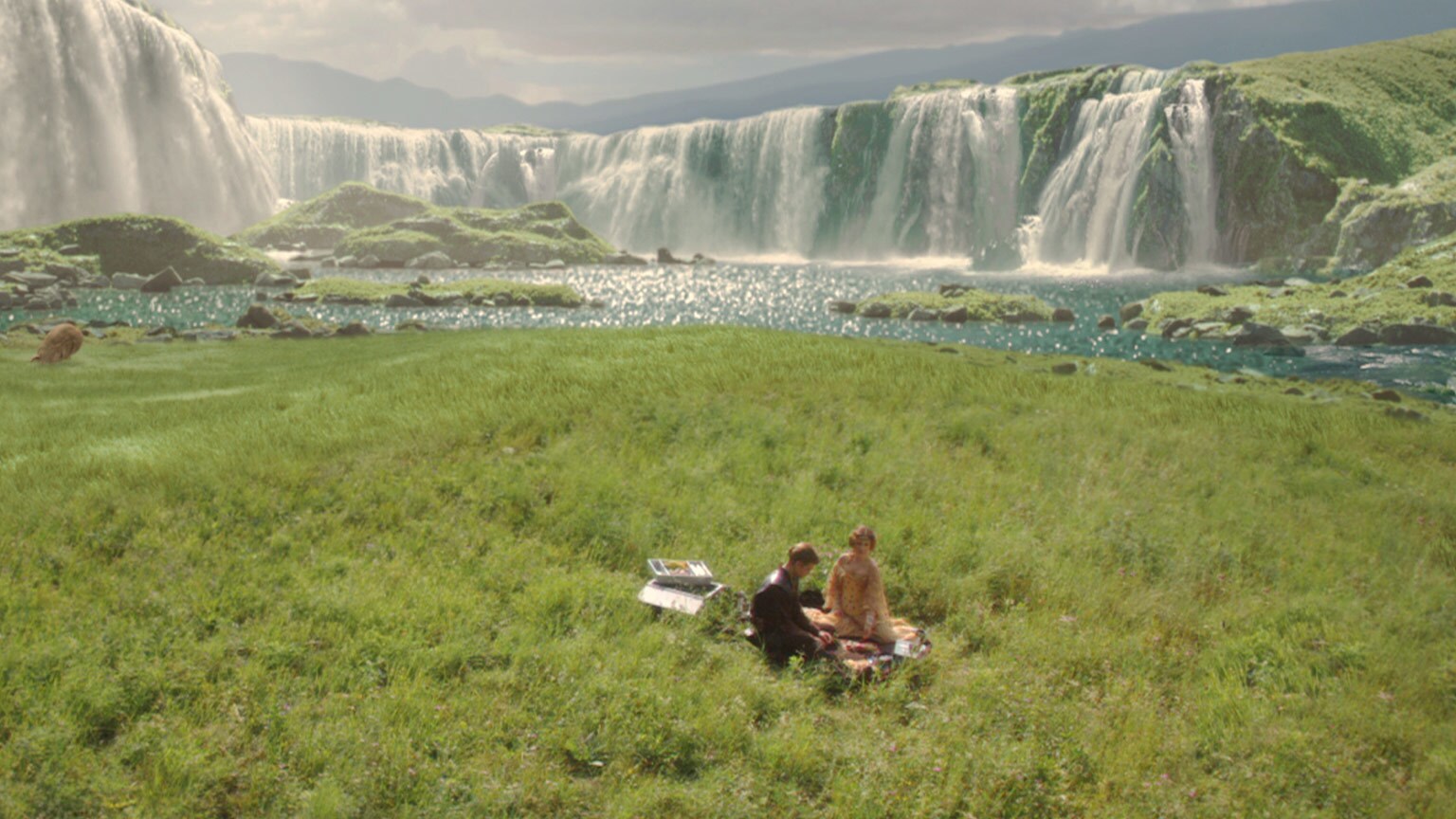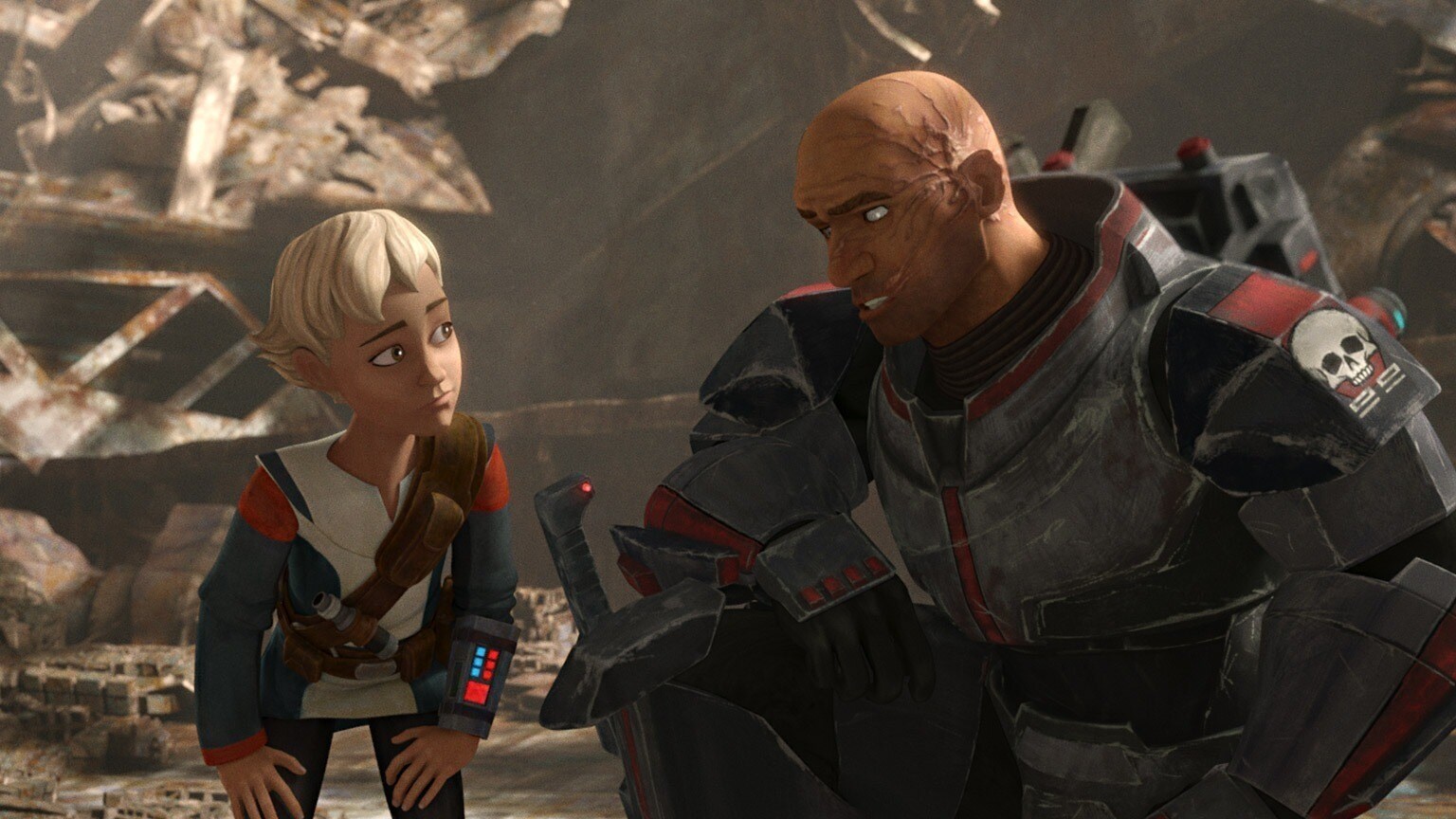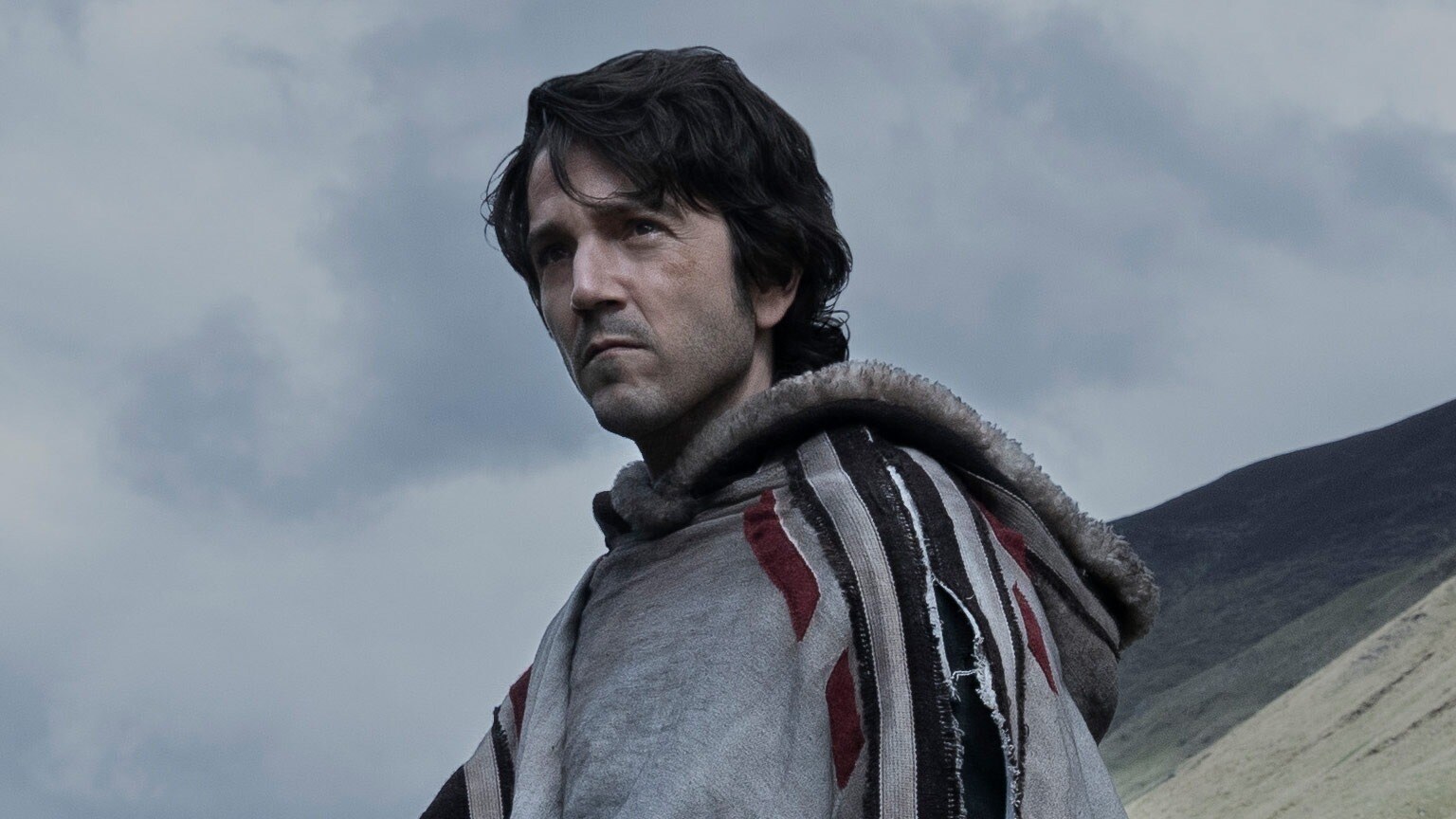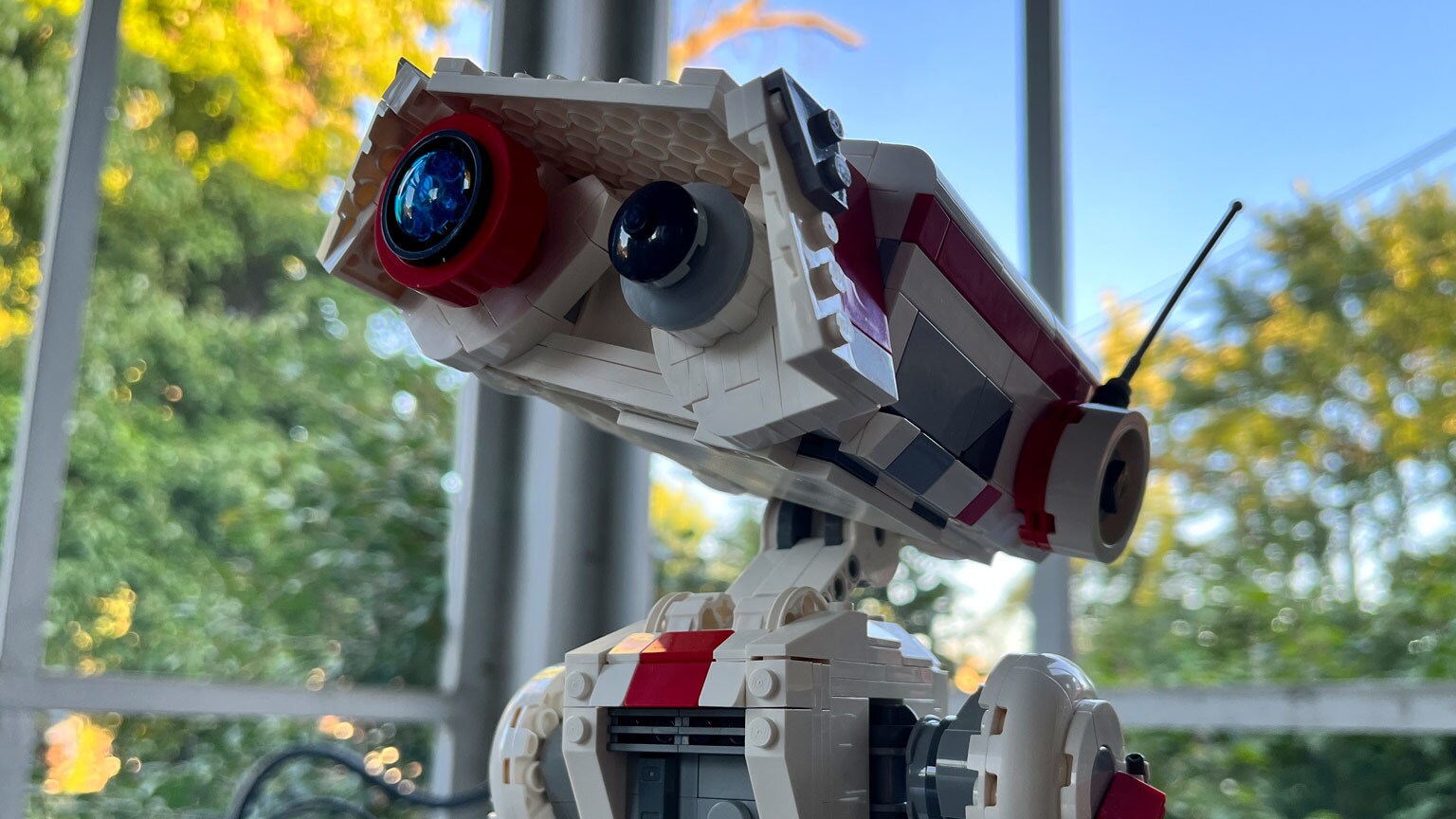The Galaxy in Comics is a deep dive into the events and themes of one recent Star Wars comic. In this installment, StarWars.com checks out Darth Vader #17, the final part of a crossover with the Star Wars ongoing series.
Spoiler warning: This story contains details and plot points from Darth Vader #17.
It was never going to go well for Mon Cala.
This may not have been a traditional comic book crossover, but the ties between the stories in Marvel's Darth Vader and Star Wars have been strong nonetheless. In Darth Vader’s “Burning Seas,” we’ve seen what happens when the Mon Calamari fight back against the Empire, even as the Rebel Alliance tries to coax the planet into becoming a new ally in their war in Star Wars’ “Mutiny at Mon Cala.” After seeing Tarkin’s merciless bombardment of the planet over 15 years ago, it’s little wonder that Admiral Urtya was unwilling to risk his home world becoming the next Alderaan. In a way, Alderaan was the next Mon Cala -- a symbol to the rest of the galaxy of what happens when a planet moves against the galaxy (and against Tarkin).
Compared to the rest of the “Burning Seas” arc and the rest of this comic series in general, Darth Vader #17 doesn’t put the Dark Lord in the spotlight. He’s there, of course, but this issue isn’t about him. If anything, it’s about Barr and King Lee-Char as they are the ones who have their character arcs conclude. And that’s okay because everything doesn’t always have to be about Vader…even when his name is on the front cover. Vader’s work here was already done. He is the instrument of the Emperor’s will and it is the Emperor’s will that Mon Cala be subjugated. Mission accomplished, especially once Ferren Barr, the king's Jedi advisor, falls to his red blade.
If anything, “Burning Seas” is about Barr and Lee-Char, as they are the ones who have their character arcs conclude within the issue. Perhaps influenced by his interactions with the Jedi Order during the Clone War, Mon Cala’s king listened too closely to Barr’s counsel, allowing the Jedi to nudge him away from the Empire. By the end of the issue, Lee-Char has no choice but to surrender. Barr’s willingness to sacrifice billions of Mon Calamari lives has shattered the king’s trust and even though he tells Vader that Mon Cala will rise again, he seems crushed as the stormtroopers lead him away. Rebellions are built on hope and Lee-Char has none left.
It is through Ferren Barr’s actions on Mon Cala that Darth Vader #17 makes us ask what being a Jedi even means in this post-Republic world. On the surface, Obi-Wan’s message in the Jedi beacon, left during Revenge of the Sith, may have sounded encouraging -- “But we must persevere and, in time, I believe a new hope will emerge.” -- but what help or solace did it really offer? Stay away from the Jedi Temple, trust in the Force. Is it any wonder that we’re increasingly introduced to characters who found a path for themselves that differs so strongly from that of Obi-Wan or Yoda or even Jocasta Nu? Young Caleb Dume went into hiding, trying to pretend he was never a Padawan. Prosset Dibs, Bil Valen, and Masana Tide fell to the dark side and became Inquisitors. And Ferren Barr? His actions do not feel worthy of the title of Jedi Knight or even of the Jedi Padawan that he was before Order 66. How can using the Force to convince others to follow you be the Jedi way? How can sacrificing billions for the lives of trillions be the Jedi way? By the time Vader slays him, Barr doesn’t even care because he thinks he’s won. For him, beating the Sith was worth falling off the Jedi path and that just might be the true tragedy of this issue.
In the final pages of Darth Vader #16, Ferren Barr named all three Inquisitors as former Jedi before forcing the clones to execute Order 66, making them targets so that he and his one remaining disciple can escape. Yet Barr himself isn’t their first target despite holding a lightsaber and dressing more akin to how the Jedi of three years before once had. This is a batch of clones who were likely brought onto active duty after the Empire’s rise but are old enough that they were likely once taught to view the Jedi as the superior officers and such. One would think these clones would understand that the Inquisitors are not Jedi and yet…the Kaminoan programming is strong. Would the clones think Vader is a Jedi too if the order were to be given in his presence? After all, we’ve already seen such assumptions being made given his lightsaber. He may want to watch his back.
Artist Giuseppe Camuncoli has been stellar on this book since day one. Credited with layouts for this issue while usual inker Daniele Orlandini is credited with finishes, the pair continues to be an excellent choice for this book. The two-page spread midway through that shows the destruction a mere three Star Destroyers can rain down upon a planet, killing thousands if not millions as King Lee-Char watches, is a powerful image. Camuncoli and Orlandini (in conjunction with colorist David Curiel) have particularly excelled with the Mon Calamari characters. Overtly alien characters can be a challenge for Star Wars some artists especially when it comes showing expressions but it is one this trio rises to.




